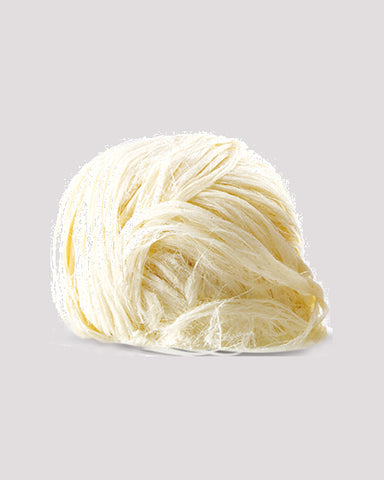What is Pismaniye? The Turkish cotton candy simply explained
What is Pismaniye?
Pişmaniye , also called Turkish cotton candy, is a traditional Turkish dessert made of white sugar, wheat flour, butter and vegetable margarine.
Even though Pişmaniye is known and found throughout Turkey, the Turkish dessert is particularly rooted in the Kocaeli/Izmit region.
Name and history of Pismaniye
The actual origin of Pişmaniye is in the 15th century in Iran. Since Turkish cotton candy looks like sheep's wool, the Persians named the dessert "Peşmek," which means "wool" in Persian. It is believed that the Persian term "Peşmek" was adopted into Turkish as "Pişmaniye". Initially, Pismaniye spread in ordinary Turkish households until it made its way to the palace.
According to legend, the first person to produce pismaniye in Koaceli was a master confectioner named Hayrettiin Usta from the village of Kandıra. From Hayrettin Usta's apprenticeship came an apprentice named Ethem Efendi, who set up di first pismaniye confectionery production in Kapanönü/Izmit and began the industrial production of PIsmaniye.
The production of Pismaniye
Pismaniye is made from butter, vanilla (or cocoa), lemon salt, sugar, tahini, flour and water. To make Pişmaniye, sugar is cooked at 170 degrees until a waxy cream is achieved. This hot caramelized sugar solution is poured on a cold surface and then cooled and hardened. As the sugar mixture cools, it is deposited in a metal tray, folded by hand or machine, and re-stretched. This process, called drawing, is repeated many times to allow air to enter the sugar mixture. As a result of this process, you get a softer and whiter sugar paste. In the following video you can see the process:

 Log in
Log in


